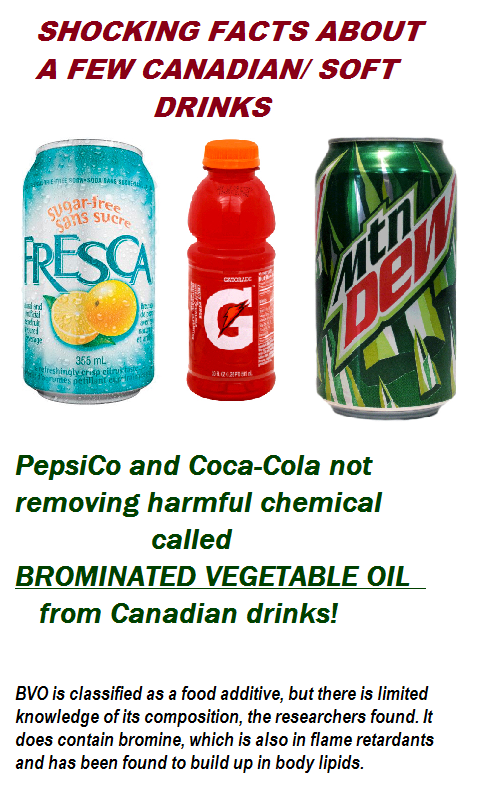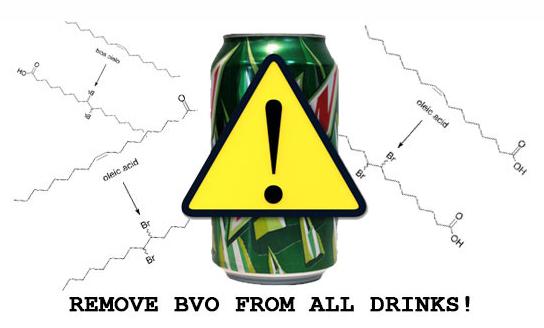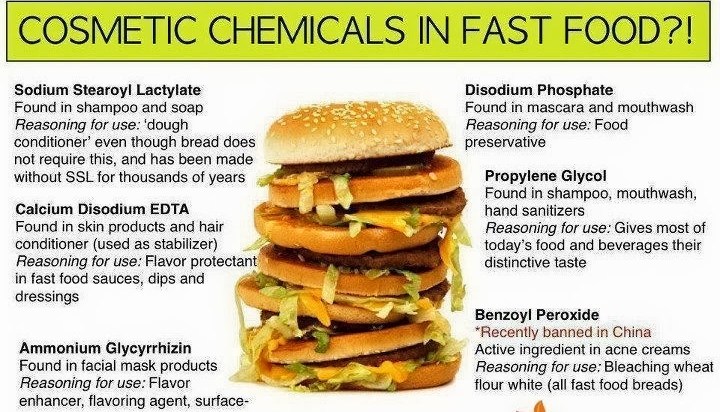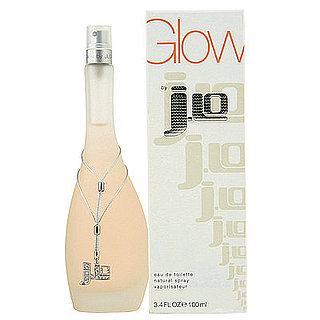Sometimes we go through life being oblivious to what’s in our food. However, nowadays it REALLY pays off to take an extra look at the label of the food product you are eating! Especially if it’s at a fast food joint.
This week I made a shocking discovery…the chemical “dimethylpolysiloxane” is being used as a food additive in fountain pop and a whole slew of fast food here in North America. Just today, I found that it is in Filet-O-Fish at McDonalds, Crispy Chicken Strips, the McChicken, the White Meat portion of Chicken McNuggets, Hashbrowns, their Fuitopia Strawberry Passion Awareness, Fountain Diet Coke, Cinnamon Melts, French Fries, their Blueberry Pomegranate Smoothie Fruit Base, and Mango Pineapple Fruit Base..if you don’t believe me check for yourself right here.
Surpringly, PDMS has only been allowed in food since 1998! (16 years). Basically, the FDA’s decision was approved five years after a request by Dow Corning – a manufacturer of polydimethylsiloxane (PDMS) – had formally sought approval. Ironically, that same December 24th, 1998, the FDA’s decision on allowing use of PDMS in human foods, also allowed the direct use of Formaldehyde (at concentrations not exceeding one percent of the weight of the PDMS) as a “preservative agent in defoaming agent containing dimethylpolysiloxane”.
PDMS is viscoelastic, meaning that at long flow times (or high temperatures), it acts like a viscous liquid, similar to honey. However, at short flow times (or low temperatures), it acts like an elastic solid, similar to rubber. In other words, if some PDMS is left on a surface overnight (long flow time), it will flow to cover the surface and mold to any surface imperfections. One of its more famous uses, is in Silly Putty!
So what is so concerning about PDMS? Well when subjected to higher temperatures – it degrades into compounds that include Formaldehyde, which is a widely recognized cancer-causing substance.
So the next time your at McDonalds, Wendy’s or getting fast food…read the label! Your body will thank you for it.





